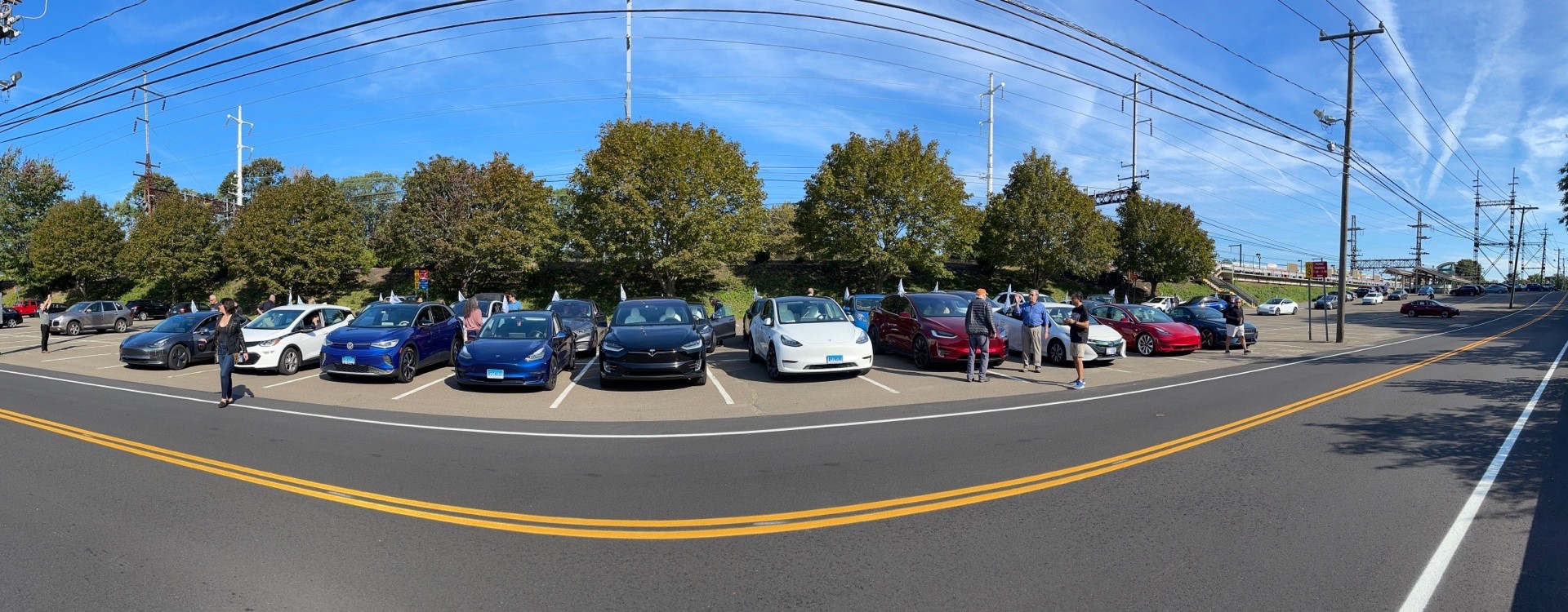Federal EV Incentive – 2025 Outlook
Changes to Battery Rules and Used EV Supply 2025 will bring a large increase in the supply of eligible used EVs and new restrictions on battery critical minerals and component manufacturing.. Changes in Battery Sourcing … Read more




